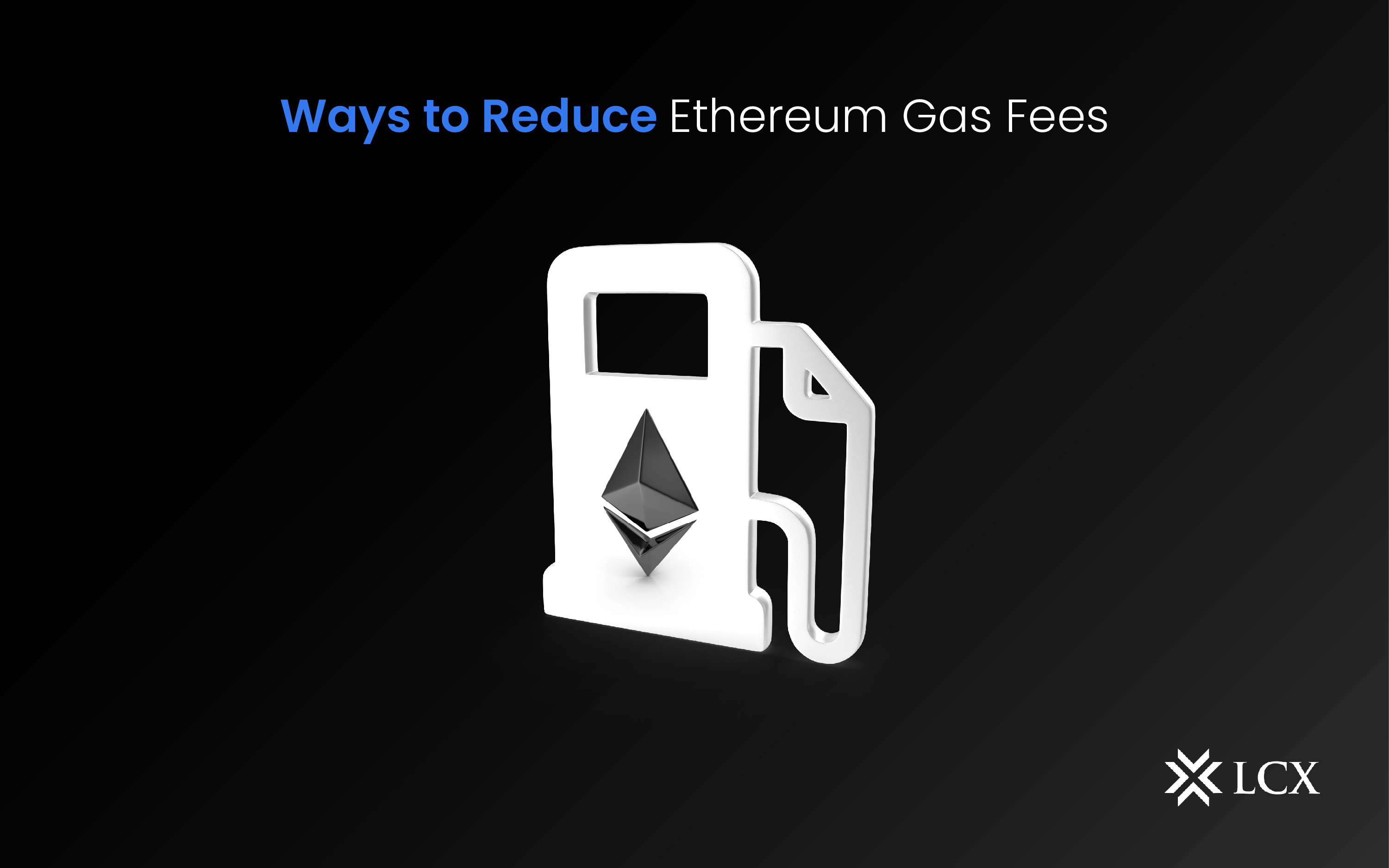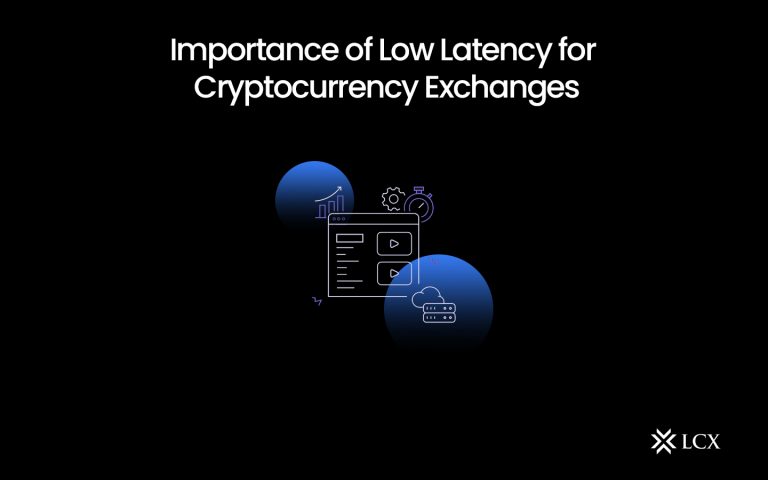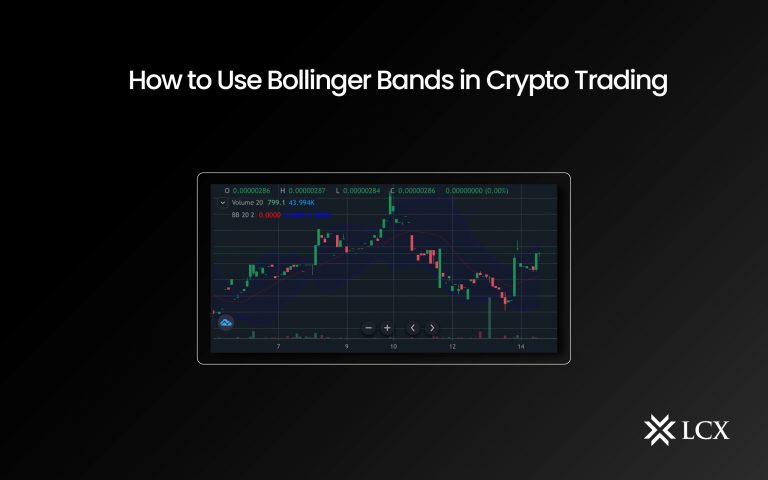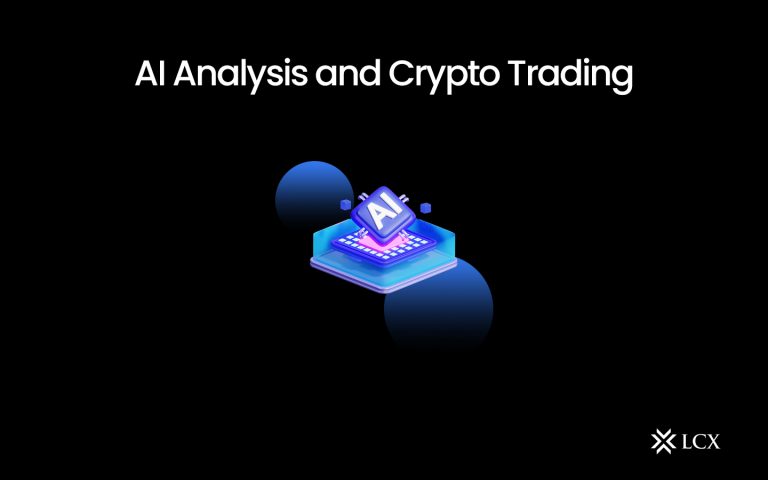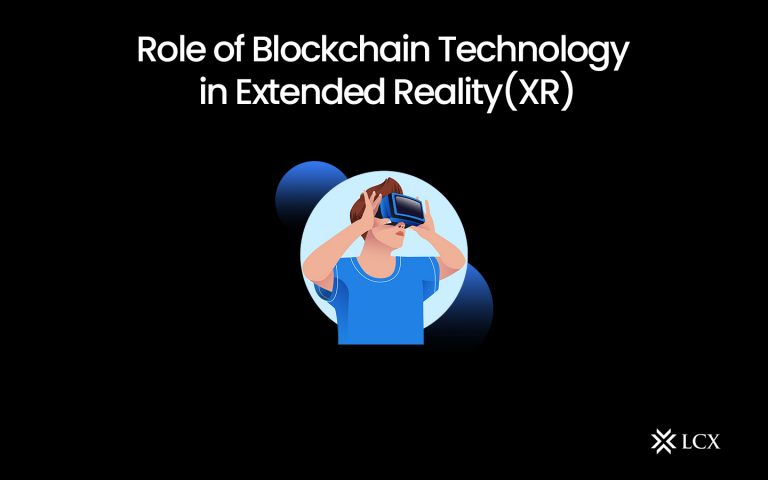Ethereum gas fees have been an important issue for those who use the platform. Gas fees are the fees that consumers must pay for each Ethereum transaction. The greater the fee, the quicker the transaction will be processed. However, gas prices can be an obstacle for some users, particularly those with modest transactions.
The Ethereum gas fee is the cost incurred whenever a transaction is executed on the blockchain. The operation of the Ethereum blockchain requires a certain level of processing effort, which is performed by cryptocurrency miners using Ethereum-based mining software.
Utilize Simulation Via DeFi Saver
The actual gas price is unknown until they complete the payment process and pay for the gas. However, to stimulate the transactions with the DeFi Saver app. First, develop an instruction for Ethereum activities, then virtually execute it. The real-world simulation will provide the anticipated and maximum ETH gas fee. It can then be modified to complete the instruction to reduce gas costs. Now, implement this instruction on the Ethereum network to reduce the gas fees.
Transaction Timing Improvement
Overcrowding is one of the main causes of higher gas prices. However, the volume of Ethereum transactions fluctuates throughout the day. Occasionally, the gas charge for the exact same transaction that cost an additional ETH a few hours ago will be lower.
However, learning about such instances can be monotonous. It will also hinder productivity, as it will need to continually check gas prices at various times. Therefore, users can view a detailed graph of weekly gas prices on the Ethereum Gas Charts webpage. Users can also perform a trick by avoiding work on weekdays. Even if they must submit a transaction during the week, do so after midnight. They may wish to delay their trip until the weekend, when gas prices are typically lower.
Sort Transaction Types.
Depending on the sort of transaction, the gas fee varies on the Ethereum blockchain. To save money on gas fees, users may wish to organize and implement similar transactions simultaneously. Consider that they have two Ethereum addresses, each containing 1,000 tokens. Now, if users intend to store all tokens in a new DApp’s crypt in order to earn higher returns. To avoid spending money on gas fees, it is possible to send every token to a single address and then secure 2,000 tokens in only one transaction.
Utilize DApps Offering Rewards and Reduced prices on Ethereum Gas Fees.
There are Ethereum ventures and DApps with lower or subsidized gas compared to the market. Balancer is a platform of this type. It offers up to 90% gas fee reimbursement in the manner of the BAL token. Balancer significantly reduces the gas fee for high-frequency traders by performing trades without exiting the vault.
Some DeFi applications, such as KeeperDAO and Yearn’s V2 Vaults, consolidate user transactions. Each user pays the gas fee collectively rather than individually. This strategy substantially reduces the price.
Utilize Gas Tokens
When users delete data elements on the Ethereum network, they can receive reimbursements in the form of ETH. It is the foundation for gas tokens. When the fee is low, a substantial quantity of gas tokens can be minted. When users need to conduct a transaction on the network, they must exchange their gas tokens for ether. Use the rewarded ETH to pay for the gas. GasToken.io is a well-known initiative that enables the minting of gas tokens.
Reduced Ethereum gas fee benefits
Reducing Ethereum’s gas fees has multiple benefits for consumers. It could make the system readily available to small-scale business users who were previously priced out due to high gas costs. This can boost the adoption of decentralized applications and encourage growth on the platform.
Reduced gas fees can make it less costly for users to conduct transactions on the platform, leading to an increase in usage and adoption. This can contribute to the development of an ecosystem that is stronger for designers, investors, and consumers.
Moving to reduced gas fees can help enhance the platform’s overall user experience. By reducing gas fees, users can appreciate more rapid and affordable transactions, which can be an important obstacle for them.
Conclusion
The reduction of Ethereum’s gas fees is a crucial step in making the platform affordable, readily available, and user-friendly. Considering that Ethereum gas fees are the “fuel” of the Ethereum network, comprehending them is essential for executing transactions on the network. By following a few simple guidelines, such as waiting for weak-traffic instances before offering a transaction, adjusting the user wallet’s fee settings, comparing rates, and utilizing scaling solutions such as Polygon, they can save on gas fees and ensure that all the transactions undergo processing easily and swiftly.
